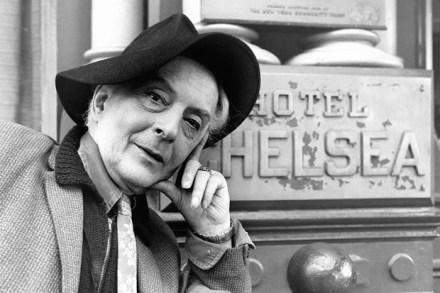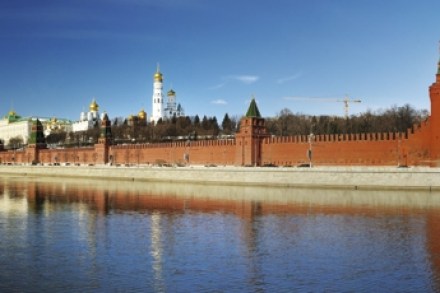A Labour MP defends the Empire – and only quotes Lenin twice
In a grand history of the British empire — because that is what this book really is — you might expect more hand-wringing from a historian and Labour MP who has previously written a life of Engels. But despite quoting Marx half a dozen times (and Lenin, twice!) there is something about the idea of empire that excites Tristram Hunt. And this is a book about ideas, for all that it is rich in architectural description, economic fact and colourful anecdote. It describes how — and indeed when and where — the imperial ideology shaped and reshaped itself. As such, it is a nuanced riposte to those historians of empire,



















